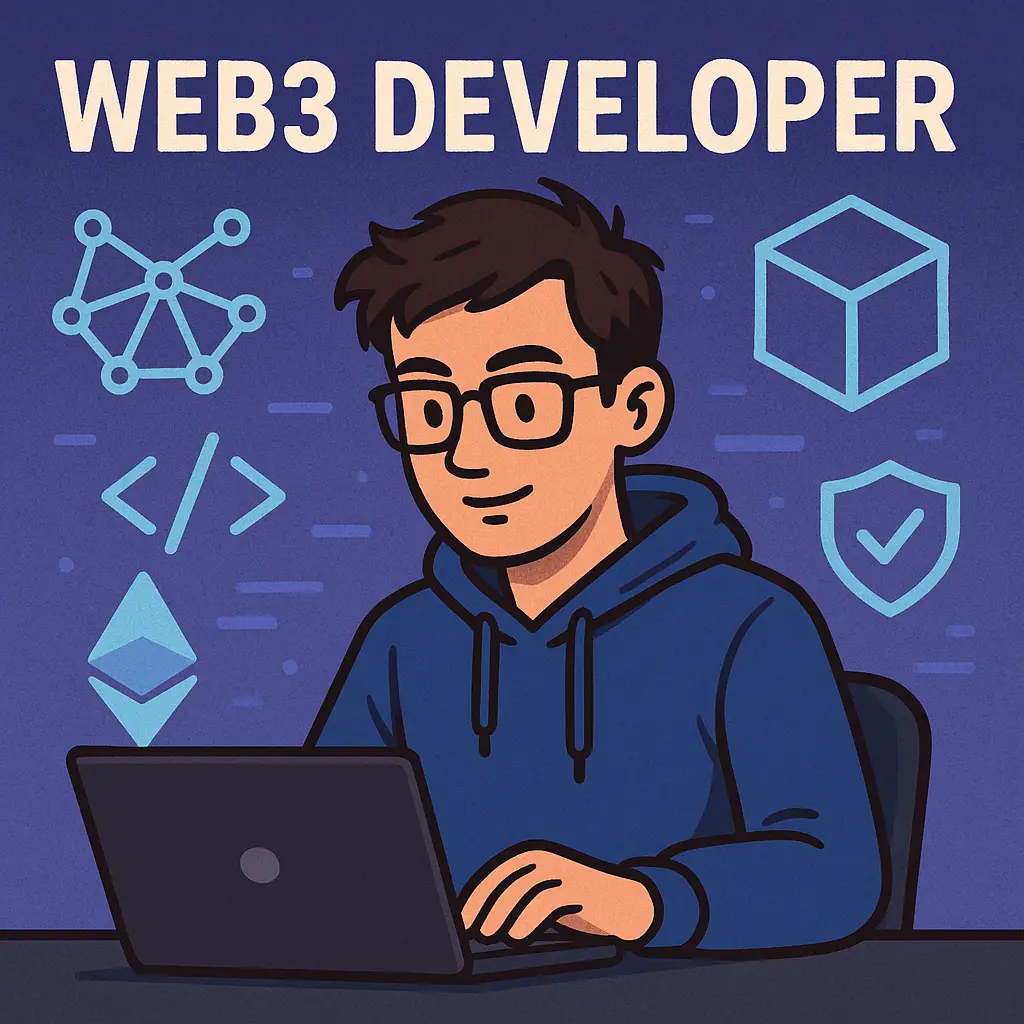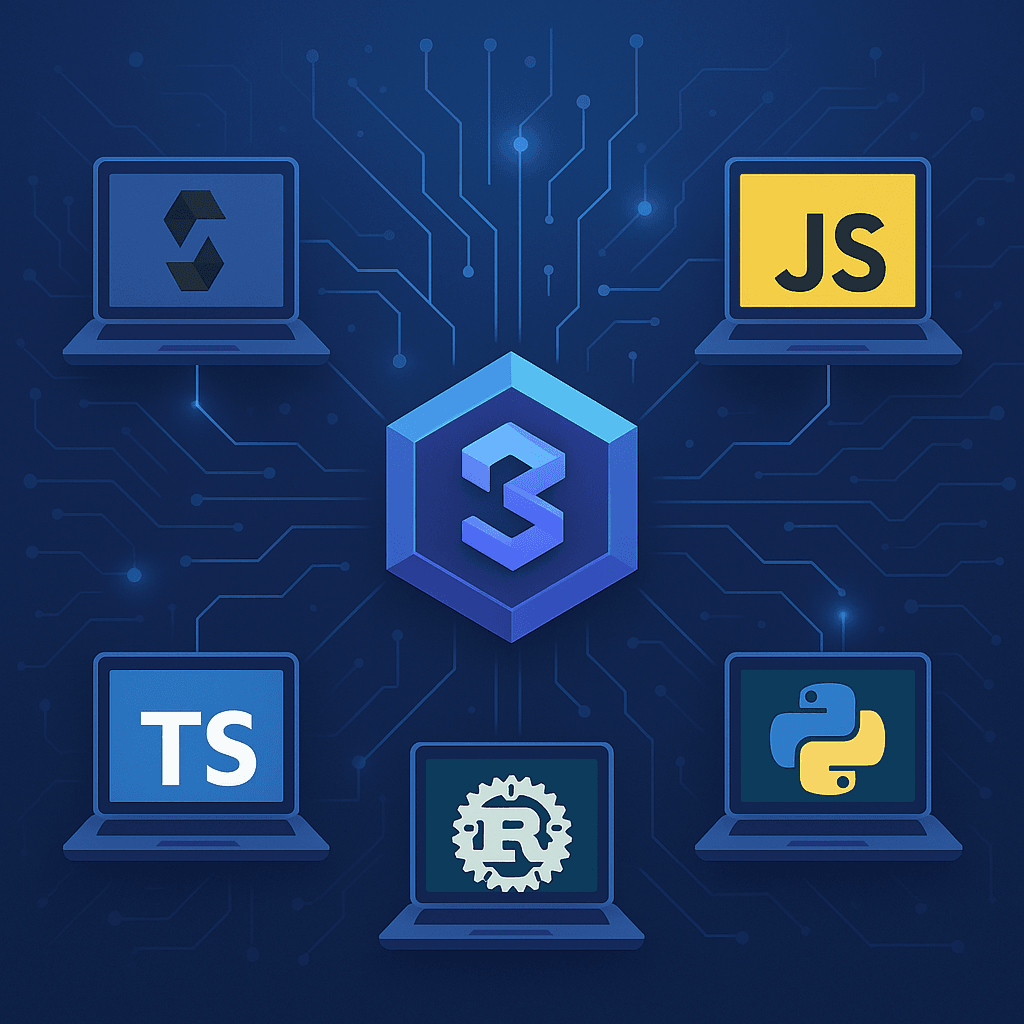The Cardano Developer Portal is your gateway to building on one of the most innovative blockchains in Web 3. As of August 30, 2025, the portal has been overhauled with new tools, tutorials, and resources to make Cardano development more accessible than ever. Whether you’re a novice coder or an experienced blockchain developer, getting started on Cardano Developer Portal offers a structured path to creating dApps, smart contracts, and more. With Cardano’s ecosystem boasting over 2,000 projects and a market cap of $30.24 billion, this guide will help you navigate the portal, leverage blockchain developer tools, and join the Web 3 Cardano development community.
Exploring the Cardano Developer Portal Overview
The Cardano Developer Portal, located at developers.cardano.org, serves as a central hub for all things Cardano. Upon visiting, you’ll find an intuitive interface with sections like “Get Started,” “Technical Concepts,” and “Builder Tools.” The “Get Started” page provides an overview of Cardano’s components, including its Ouroboros consensus mechanism and Plutus smart contract platform. For beginners, it’s essential to understand Cardano’s layered architecture—settlement for ADA transactions and computation for smart contracts—which sets it apart from Ethereum.
Recent updates in 2025 include enhanced search functionality and mobile optimization, making it easier to access on the go. Start by browsing the showcase section for real-world applications, then dive into the docs for in-depth guides. This portal is designed to reduce the learning curve, with user-friendly navigation that caters to both technical and non-technical users.
Setting Up Your Development Environment
Getting started on Cardano Developer Portal begins with setting up your environment. Follow these steps:
- Install Prerequisites: Download Haskell and Cabal, as Cardano’s smart contracts use Plutus, a Haskell-based language. The portal’s “Get Started with Plutus” guide walks you through installation on Windows, macOS, or Linux.
- Set Up a Cardano Node: Use the CLI to run a node. Commands like cardano-node run are detailed in the “Operate a Stake Pool” section. For testing, use the preview or pre-production testnets.
- Integrate Wallets: Connect to wallets like Eternal or Yoroi for transaction testing. The portal’s “Integrate Cardano” section offers code snippets for API integration.
These steps ensure you’re ready to build, with resources like the Koios API for querying blockchain data without a full node.
Building Your First Smart Contract
Once set up, the Cardano Developer Portal guides you through creating your first smart contract. The “Create Smart Contracts” section covers Plutus and Marlowe. Plutus is for complex contracts, while Marlowe is no-code for financial agreements.
- Plutus Tutorial: Start with a simple validator script. Example code:
import PlutusTx
validator :: BuiltinData -> BuiltinData -> BuiltinData -> () validator _ _ _ = ()- Marlowe Playground: Use the web-based tool for drag-and-drop contract building, ideal for beginners.
Test on testnets to avoid mainnet costs. The portal includes verification tools to audit contracts, ensuring security in Web 3 Cardano development.
Leveraging Builder Tools and Resources
The “Builder Tools” section is a treasure trove for advanced development. Key highlights:
- Mesh SDK: For JavaScript developers, Mesh simplifies dApp building with wallet integration and transaction handling.
- Evolution SDK: The “Get Started with Evolution SDK” guide provides step-by-step installation and examples for scalable dApps.
- Koios API: Query blockchain data efficiently, as outlined in the “Get Started with Koios” tutorial.
These blockchain developer tools reduce boilerplate code, allowing focus on innovation. The portal also links to GitHub repos for open-source contributions.
Common Challenges and Troubleshooting
Beginners may encounter issues like node synchronization delays or Haskell errors. The portal’s troubleshooting guides address these, recommending tools like htop for monitoring. For complex problems, the forum’s developer categories offer peer assistance.
In conclusion, getting started on Cardano Developer Portal in 2025 equips you with the tools to thrive in Web 3. From setup to smart contract deployment, the portal’s resources make Cardano accessible and powerful. Dive in today to build the future of blockchain.




